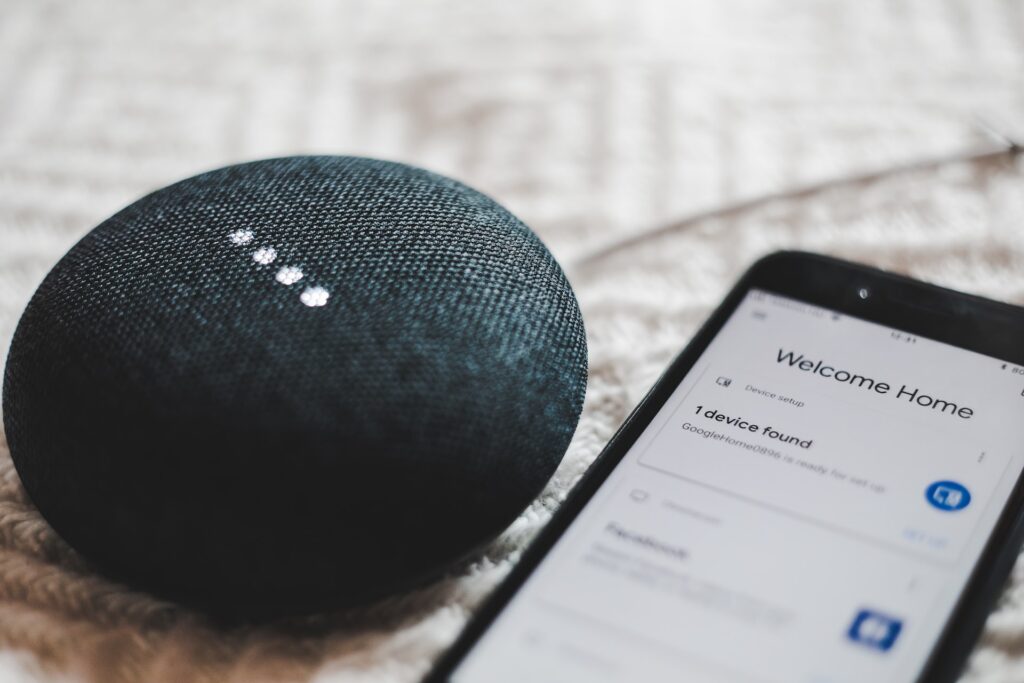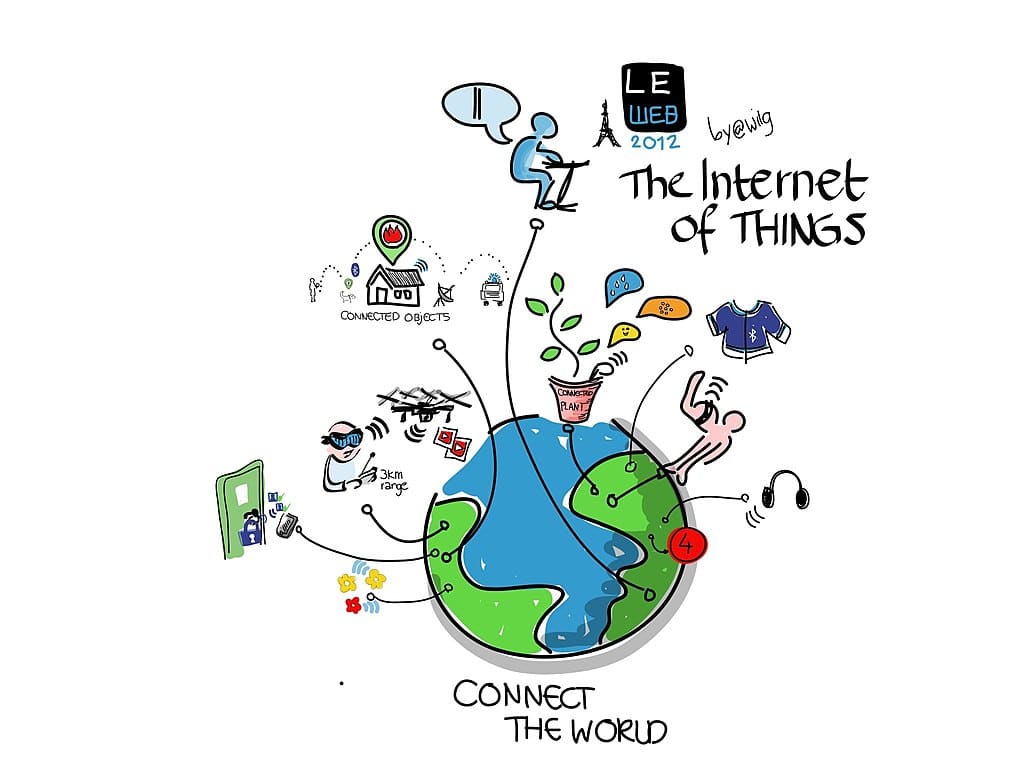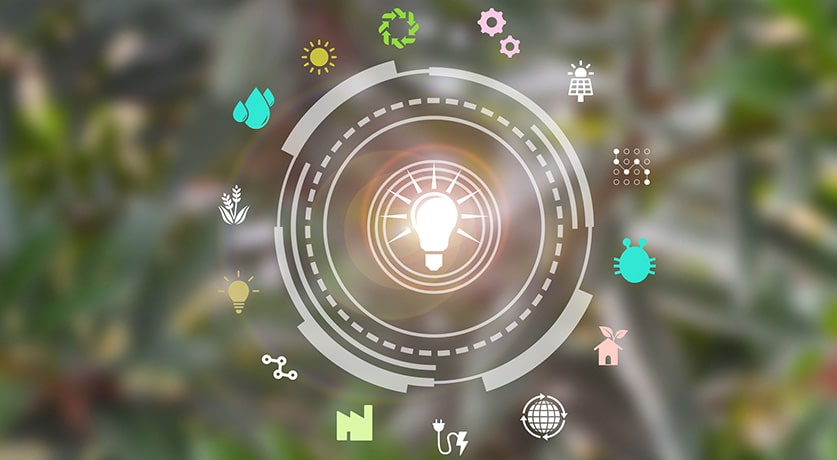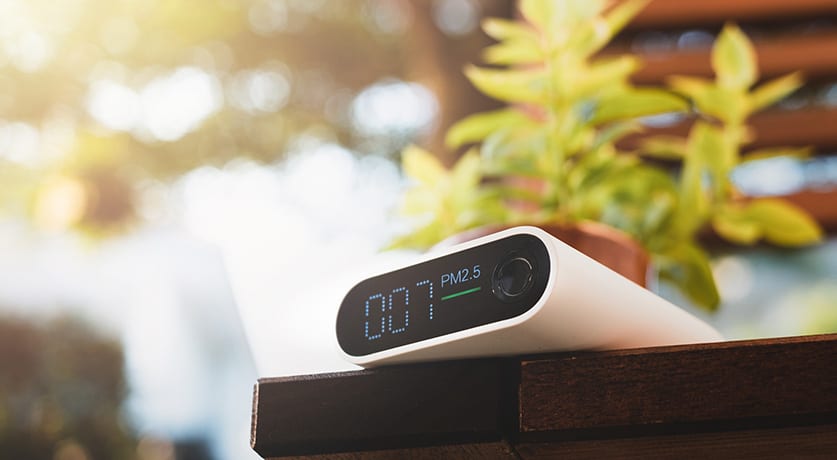The push for greener solutions, energy use management, cutting costs, and of course, saving the planet, has never been stronger. Where it used to be a small movement that only some embraced, today, governments are working to install measures and policies from the top down to help slow down and even reverse the damage and the environmental footprint being left.
One technology that is helping to make this a reality is IoT – the internet of things. But how do IoT and energy management go hand-in-hand? How will it help to cut costs and potentially save the planet? Let’s take a closer look.
Contents
What Is IoT?
It’s amazing how many high-tech terms have popped up in the past decade or so. They always begin as something obscure that only a few people have heard of, and then, provided they catch on, they become mainstream and part of everyday life. IoT, which stands for the internet of things has taken that exact trajectory.
Breaking it down simply, IoT simply means a system of computing devices, digital machines, or mechanical devices that are connected or interrelated. This can be used in a variety of ways and industries but is most commonly seen in healthcare, environmental safety, manufacturing, and industrial automotive. The idea is that these devices are constantly collecting and then processing information. Users will then have access to real-time data, warnings, safety information, sensors, and more.
It’s this exact technology that has made smart environment monitoring (SEM) systems a reality. IoT solutions that will improve the planet now exist, and even better, they are now being used. Just imagine what real-time air quality monitoring, water-quality monitoring and more can offer to people. It can lead to better health and a safer environment.
IoT Is Helping Companies Save Costs and Boost Its Revenue
Big business is always interested in the bottom line and boosting revenue whenever possible. This is where IoT can also play an important role. By using this technology, businesses can reduce their expenses thanks to fewer mistakes being made by humans, automating more tasks, and speeding up systems and processes. Suddenly, industrial manufacturing can start pumping out products faster but without any sacrifice to quality or safety on the line.
Automating tasks also means that companies may be able to shrink their current workforce, again reducing costs. All these cost savings mean the profit margin starts to grow, making business leaders happy and willing to embrace even more IoT solutions.
Early Warning Sensors and Alerts Prove Extremely Useful
Another way that IoT is helping to cut energy management costs is with the early warning sensors and alerts it provides. Because it can get a good look at what’s happening deep within a process or system, you’ll also have ample warning should there be a problem. It gives businesses a chance to proactively address issues rather than react when a big problem and often a costly problem occurs.
Even in terms of maintenance, it can alert workers of when maintenance and attention are needed in a particular area or machine. There is even a human protection angle to it. Just imagine if workers were to receive a warning about potentially dangerous situations before they occur. They can look at data, analyze it and act accordingly. That same information can trigger a safety warning alert or alarm.
How Many People are Embracing the Technology?
For IoT solutions to be effective and have a sizeable impact in terms of energy management, there needs to be worldwide acceptance and adoption of it. The good news is that the numbers look promising. As of 2020, there were over 26 billion active IoT devices worldwide and that number is expected to grow to 75 billion connected to the web by 2025. It’s a massive increase in a relatively short time, but that’s exactly what needs to happen.
Smart Homes are a Great Example of IoT Usage
It’s not just companies and corporations that are adopting IoT devices and technology; homeowners are too, even if they don’t realize it. The rise of the smart home is huge right now and within these technologies, IoT plays a big role.
Some of the most popular IoT smart home devices are smart TVs, security cameras, streaming devices, smart speakers or virtual assistants, smart lightbulbs, connected thermostats, and VA-enabled Bluetooth speakers. Many homes have at least one if not many of these devices.
Smart home features are meant to make life easier but they also provide homeowners with the information and tools needed to better control their energy usage.
IoT Isn’t Just the Future – It’s Already Here
So, when it comes to technology that will help in terms of energy management, cutting costs, and saving the planet, IoT solutions aren’t just the way of the future; they are already here and playing a huge role both in the business world and at home.




